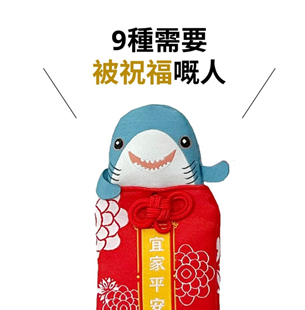Influencer Marketing during the Covid-19 Crisis
Marketing will never be the same since the outburst of Covid-19 in 2019. With various social distancing rules, the traditional brick-and-mortar advertising approach has almost been wiped out overnight. In order to carry out promotional campaigns in the midst of a pandemic, brands have devoted time and budget to influencer marketing. During Q2, around 60% of marketers said influencer budgets would remain the same or even increase. In this blog, we will take a deeper look into influencer marketing during the Covid-19 crisis.
Essentially keeping businesses alive during Covid-19
With lockdown measures in place, physical stores were not able to open. In April, purchases from retail stores fell by 82.6% in the United States. Influencer marketing strategy almost sounded like a godsend during this period of abnormality. Over two-thirds of U.S. shoppers said that they had shopped more in 2020 compared to pre-Covid-19. Influencers contributed to this trend by promoting online purchases, grocery and meal delivery services etc. The benefits of the actions taken by influencers include both large and small businesses. While it allows large companies to keep profiting, influencer marketing has helped small enterprises to survive during the pandemic. It speaks volumes when half of Americans said they’ve purchased a product or service they found from an influencer.
Building brand-customer relationship
Brands’ bonds with their customers are vital to how they are seen in the public eye. Traditionally, it would have been easier if brands were able to operate in physical stores. Features such as good customer service, comfortable or fancy store layout and just generally having people around you are able to help brands gain reputation. However, with everything happening via computer screens, brands had to come up with other ways to build connections with customers. Entrepreneurs realised that influencers who have built up large social followings through their likeable personalities would be great in putting the brands in good light. With influencer or endorser marketing, customers consciously or subconsciously associate the creators with the brands. An influencer who is highly likeable will likely make a brand likeable as well. This trend will only continue as marketers recognise the importance to establish trust and building authenticity through credible influencers. Can we expect to see physical advertisements to lose the trick? Most likely.
Time for Micro-Influencers to thrive!
Micro-influencers are generally defined as influencers with less than 25,000 followers. They tend to have a more targeted and niche audience, with the majority of their followers being huge supporters of the micro-influencers. Therefore, it could potentially allow better conversion and engagement rates. For brands, recruiting micro-influencers is a wise move because it yields similar rewards while the budget to recruit is significantly lower compared to using an Instagram supermodel. Moreover, it almost seemed like a no-brainer for brands with sales-focused KPIs in social media marketing.
Opportunities for more LIVE face-to-face interactions
I had to go on a 2-week quarantine last year and I was going a little nuts, to say the least. Humans are social animals and the pandemic have made us crave for face-to-face interactions more than ever. A noticeable trend during the lockdown in 2020 is that the amount of Facebook and Instagram live videos had increased by more than 50%. It was obvious that marketers had to take advantage of this shift and tried to carry out marketing duties there. This popularity in watching live videos have allowed influencers to promote products to a larger audience. Creators have a lot of freedom to broadcast the way they like to, whether it is doing an unboxing stream, a Q&A session or a try-on session etc. Fact is, we can certainly notice an increase in social media marketing via live streams and this trend can only be expected to rise even more.
Think long term!
If you think that influencer marketing is simply a one-time thing to see out the pandemic, you’re very wrong. According to Influencer Marketing Hub, influencer marketing is set to be worth $13.8 billion by the end of the year, up from $1.7 billion in 2016. That is a whopping 800% growth! If anything, the Covid-19 crisis has demonstrated the versatility and power of influencers as marketing assets. Brands are starting to realise and acknowledge the huge benefits that can be yielded as a result of these creators. It is safe to say that influencers have established a strong and respectable position in the marketing world and we can only see further growth in the future, pandemic or not!



Nice post. It is very interesting article. I really love this. Thank you for the sharing. Influencer Agentur
ReplyDelete